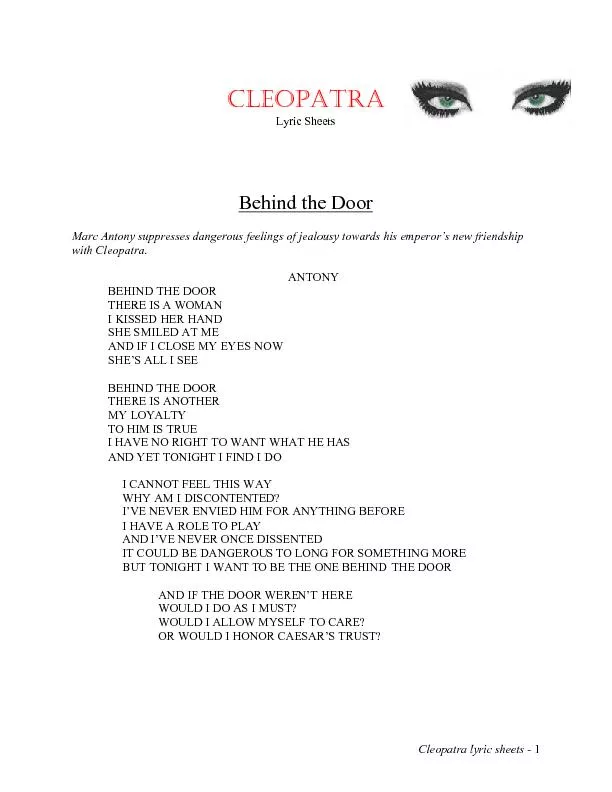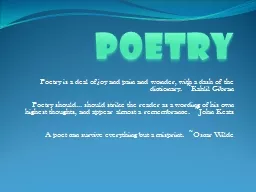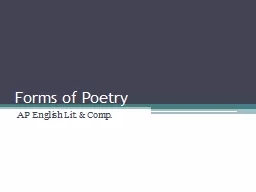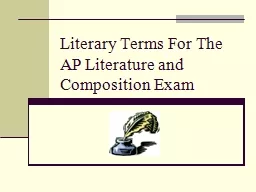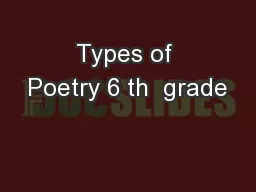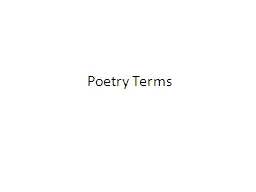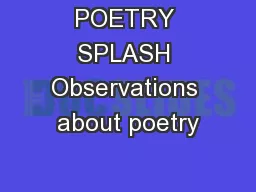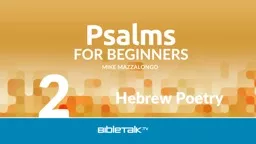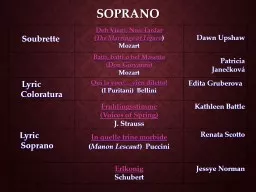PPT-Lecture: Introduction to Lyric Poetry
Author : phoebe-click | Published Date : 2017-09-11
DWBAT identify the characteristics of Propertius and Catullus work Expectations Listen take notes on the graphic organizer and ask questions at the end Lyric Poetry
Presentation Embed Code
Download Presentation
Download Presentation The PPT/PDF document "Lecture: Introduction to Lyric Poetry" is the property of its rightful owner. Permission is granted to download and print the materials on this website for personal, non-commercial use only, and to display it on your personal computer provided you do not modify the materials and that you retain all copyright notices contained in the materials. By downloading content from our website, you accept the terms of this agreement.
Lecture: Introduction to Lyric Poetry: Transcript
Download Rules Of Document
"Lecture: Introduction to Lyric Poetry"The content belongs to its owner. You may download and print it for personal use, without modification, and keep all copyright notices. By downloading, you agree to these terms.
Related Documents


